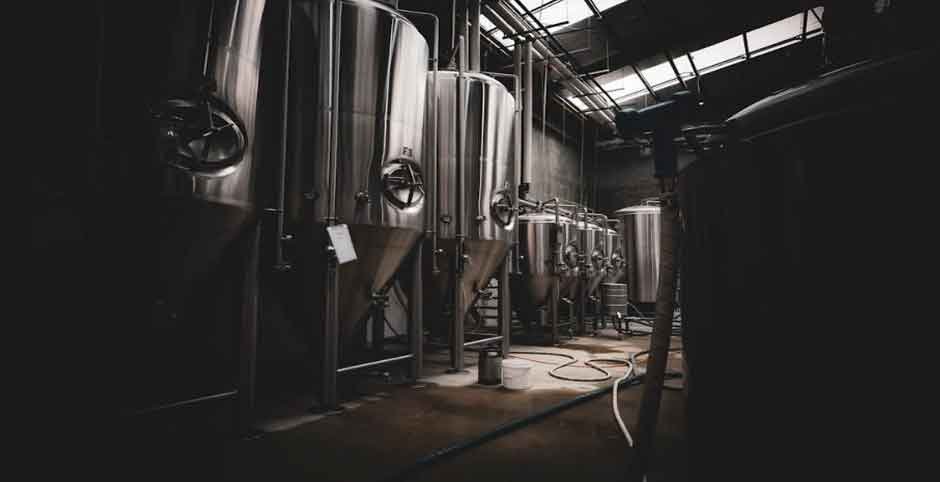Stainless steel tanks are durable, corrosion-resistant, and ideal for storing liquids and gases. These characteristics make them invaluable to different industries, from food processing to chemical manufacturing. However, the production of these pressure vessels involves several challenges that directly impact their cost.
Let’s dive into the challenges manufacturers face when producing these essential industrial components.
Material Costs
Stainless steel isn’t cheap, and when you’re talking about tanks that can hold thousands of gallons, the material costs add up quickly. But why is stainless steel so pricey?
- It contains expensive alloying elements like nickel and chromium
- Global demand for stainless steel is high, driving up prices
- Mining and refining processes are energy-intensive
These factors contribute to the hefty price tag of raw materials, which can make up a large portion of the total production cost.
Specialized Equipment and Skilled Labor
Making stainless steel tanks isn’t a job for just anyone. It requires high-tech welding equipment, precision cutting tools, and skilled welders and fabricators. Plus, you’ll need to work with a company like Red Lion Inc. to source the raw steel material at the best prices available.
Investing in this specialized machinery and hiring experienced workers comes at a premium. But can you really put a price on quality and safety when it comes to these critical industrial components?
Energy Consumption in Production
Have you ever considered how much power it takes to shape and weld thick sheets of stainless steel? Tank manufacturers’ energy bills can be eye-watering. From running massive presses to powering welding equipment, electricity costs alone can be a significant chunk of the production expenses.
Quality Control and Testing
When you’re building containers that need to withstand extreme pressures and hold potentially hazardous materials, there’s no room for error. Rigorous testing is a must, but it doesn’t come cheap. X-ray inspections, pressure tests, and material certifications all add to the bottom line.
Regulatory Compliance
Safety regulations for pressure vessels are strict, and for good reason. Meeting these standards often means:
- Extra documentation
- More stringent manufacturing processes
- Additional inspections
While these measures ensure the tanks are safe and reliable, they also drive up administrative overhead.
The Bottom Line
Producing stainless steel tanks is complex and costly. The initial investment in equipment, materials, and skilled labor can be daunting. But for industries that rely on these essential components, the long-term benefits often outweigh the upfront costs. After all, can you really put a price on safety and reliability in industrial processes?






